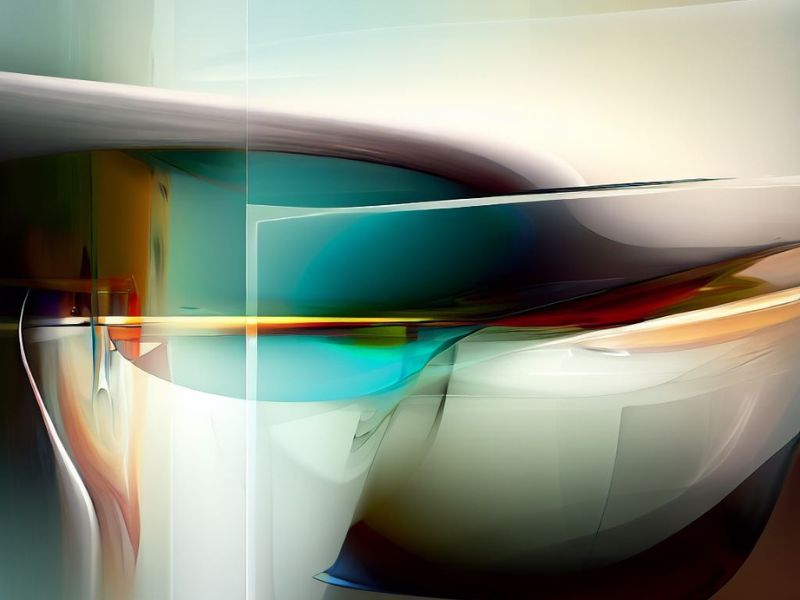Contemporary art and design are in a constant state of evolution, pushing the boundaries of creativity and redefining our perception of the world around us. In recent years, artists and designers have been exploring new horizons, experimenting with innovative concepts, materials, and technologies. Let’s dive into the exciting world of contemporary art design trends and discover how they are breaking boundaries.
1. Sustainable Art and Design
As environmental concerns continue to grow, sustainability has become a driving force in contemporary art and design. Artists and designers are increasingly using recycled materials, creating eco-friendly installations, and incorporating sustainable practices into their work. This trend not only raises awareness about environmental issues but also challenges traditional notions of art and design.
2. Digital Art and NFTs
The rise of digital art and non-fungible tokens (NFTs) has transformed the art world. Artists are now creating unique digital pieces that can be bought and sold as NFTs on blockchain platforms. This trend has opened up new possibilities for artists to reach a global audience and receive recognition for their work. It also challenges the traditional art market and ownership models.
3. Augmented Reality (AR) and Virtual Reality (VR)
AR and VR technologies are revolutionizing the way we experience art and design. Artists are using these immersive technologies to create interactive installations and virtual exhibitions. Viewers can step into a digital realm where art comes to life, blurring the line between the physical and virtual worlds.
4. Inclusivity and Diversity
Contemporary art and design are becoming more inclusive and diverse. Artists are exploring themes related to race, gender, identity, and social justice. This trend reflects a growing commitment to representing a broader range of voices and perspectives in the art world, challenging traditional norms and biases.
5. Hybrid Art Forms
Contemporary artists are breaking free from traditional categories and combining various art forms. They are merging painting with sculpture, music with visual art, and performance with digital media. This fusion of different mediums results in groundbreaking and unconventional works of art that defy categorization.
6. Artivism
Artivism, a combination of art and activism, is on the rise. Artists are using their work to address pressing social and political issues. Whether through murals, installations, or performance art, they are amplifying important messages and advocating for change.
7. Art in Public Spaces
Contemporary art is increasingly finding its way into public spaces. Cities are commissioning large-scale public art installations, turning urban environments into open-air galleries. This trend democratizes art, making it accessible to a wider audience beyond traditional art institutions.
8. Collaborative and Community-Based Art
Many contemporary artists are collaborating with communities and engaging with local cultures. They are co-creating art projects that reflect the unique stories and experiences of different communities. This approach fosters a sense of connection and inclusivity.
In conclusion, contemporary art and design are dynamic and ever-changing, driven by innovation and a desire to challenge the status quo. These trends demonstrate how artists and designers are breaking boundaries, pushing the limits of creativity, and reimagining the possibilities of artistic expression. As we continue to witness these exciting developments, it’s clear that contemporary art and design will play a vital role in shaping our cultural landscape for years to come.
